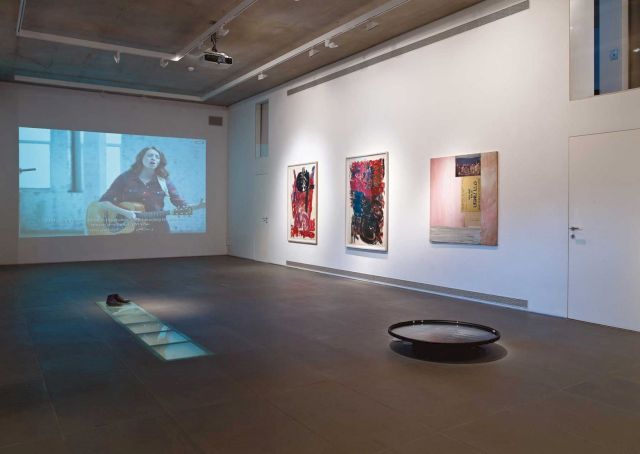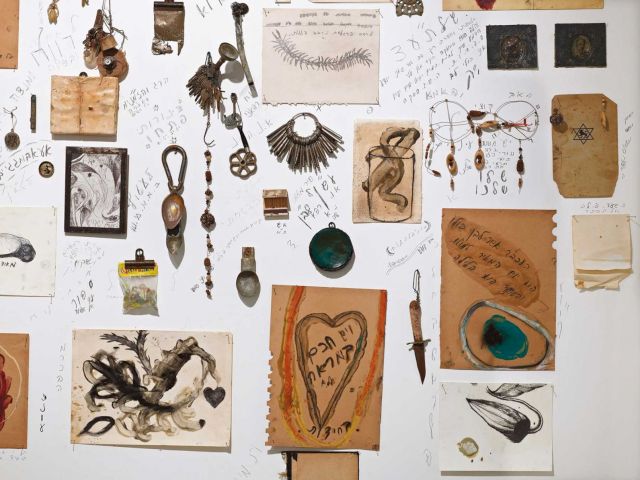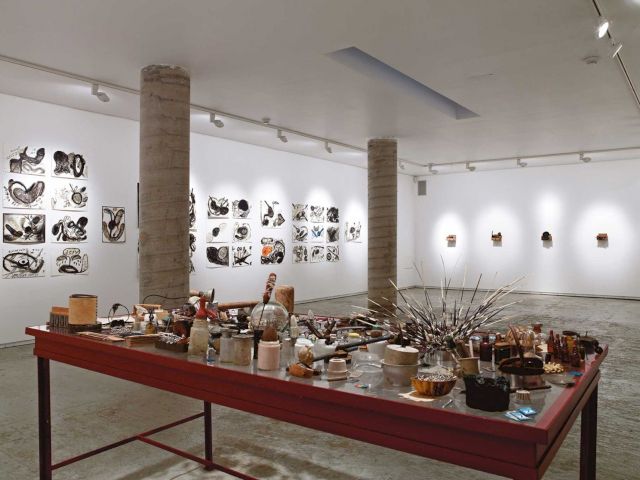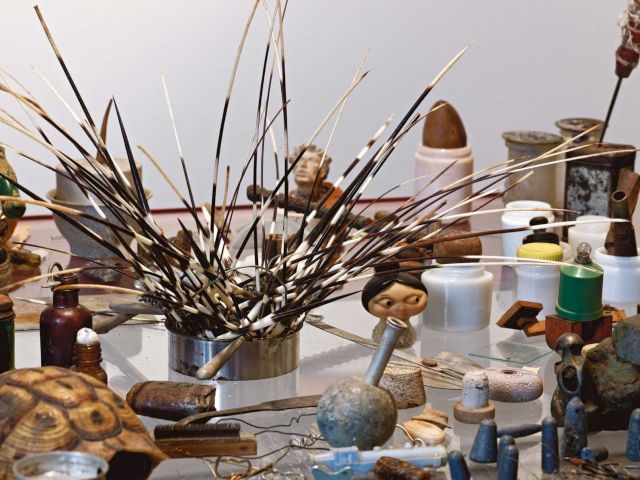BMW Art Guide by Independent Collectors
Noemi Givon
Givon Art Forum – Tel Aviv, Israel

How important is having the title of “collector” to you?
It’s important only in the sense that I can prove that art is worth preserving and living with. It determines the sphere of a life that the collector adapts to.
Yet, a collector who is also a gallerist is in a different position than the collector who isn’t dealing or representing artists. Some will say there’s a conflict of interest here so it’s entirely up to the integrity of the collector. You need a matter of empathy, loyalty and appreciation. This is what is allowing me more influence on exemplifying collecting in my own collection.
Does your collection follow a specific theme or particular artists?
Indeed, my collection depicts my development in art chronologically and historically, as well as my contemporary way of looking at things. It derives from the place I live in and where I see myself as part of the culture thread.
I am very much aware that I act on specific grounds where it touches and defers from international art. This position, of course, has pros and cons: on the one hand I concentrate on artists in my environment and encourage them as much as I can, and on the other I look around internationally.
This approach is very similar to high-tech developments in Israel, investigating the unique quality of the local achievement in as much as it differs from what is known worldwide. Therefor, I don’t care about “center and periphery” but rather I look at the place as another kind of center that beholds it’s own values.
My chances have increased because, in my opinion, as globalization in art failed it only succeeded market-wise. This was clear at the last Venice Biennale and Documenta.

Do you have a personal relationship with the artists you collect?
Yes, very much so. I actually view my relationships with artists as a way of life. It is with them that I learn, evolve and engage in dialogues.
Is there an artwork that you love but can’t live with due to size, medium, or value?
Oh yes! Especially because some of the strongest works are found in Media Art and complex installation work.
In your opinion, what mistakes do young collectors make? And what mistakes did you make when first starting on your collecting journey?
I wouldn’t call them mistakes. Acquiring art reflects one’s beliefs, feelings and sociopolitical standpoints as well as how one views a contributive society and how society views the collector. One way of handling the situation is to tell young collectors to take their time when buying. To tell them that it’s about the materialization of the deepest spheres of life, one of which is authenticity: where money nor words play necessary mundane roles.

What has the reaction been like from visitors of your collection since making it publicly accessible? Does this reaction impact you and what you collect?
Since showing my collection publicly four years ago it has given me a lot of strength and personal gain.
As a gallerist, I need to have a tactic, an agenda and clear parameters. I need to defend it on daily basis, even fight for it, for the shows I curate, for the artists I believe in and their positions, and the thematic shows that I initiate. I need to appeal to collectors as well as enticing the viewer.
Showing my collection is a very humble thing and very personal. The fact that people have reacted well to it does not influence me on what I collect; it just makes me a happier person.


How has the attitude to collecting changed since you began?
The kind of people who collect have changed, society as a whole has changed and thereby the attitude to collecting has changed. When I began collecting there wasn’t talk about art investment at all, in fact there wasn’t much talk about the market. We regarded the artist as a social leader as such, and a critical one. People followed their instincts and their convictions concerning their issues, as well as the matter of living with art.
Back then the conversation about art qualities was intense, and some of the best writings came out of that time. Much of the influence came from music, philosophy, psychoanalysis, physics and the history of art. Today, the term “Avant-Garde” is rarely spoken.
Which publicly accessible private collection would you recommend visiting?
In Israel, I would say the Schocken Collection that is partly hung in the liberal newspaper, Haaretz’s premises and in a gallery space opposite to it. Their shows are thoroughly thematic and very loyal to art development in our country.
All images courtesy Givon Art Forum, Tel Aviv
More Information on Givon Art Forum